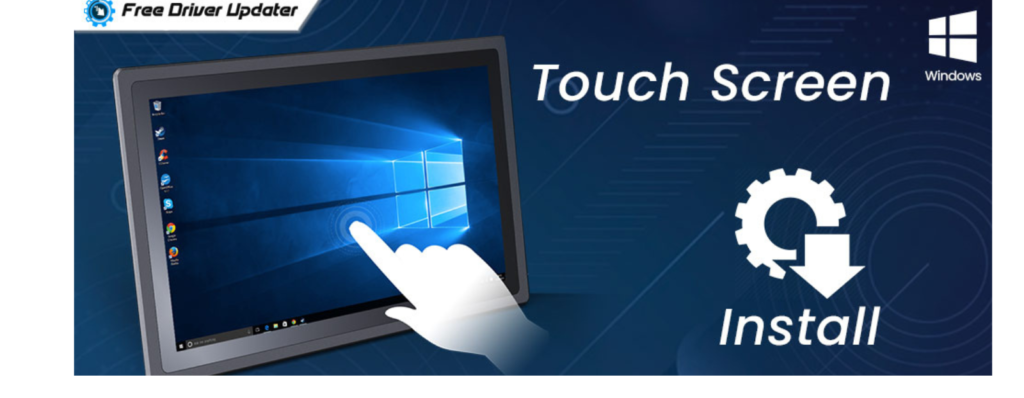Discount up to 35% for first purchase only this month.
Certainly! Let’s walk through the step-by-step process of installing a touch screen driver on your Windows 10 or 11 device. Ensuring that your touch screen driver is up-to-date is crucial for optimal performance. Here are several methods you can follow:

Identify Your Touchscreen Model: Determine the make and model of your touchscreen. You can usually find this information in the device’s documentation or by checking the manufacturer’s website.
Download the Driver: Visit the manufacturer’s website and navigate to the support or downloads section. Look for the appropriate driver for your touchscreen model and download it to your computer.
Extract the Driver Files: Once the driver file is downloaded, locate it on your computer and extract its contents if it’s compressed in a zip file. Right-click on the file and select “Extract” or use a third-party extraction tool like WinRAR or 7-Zip.
Open Device Manager: Press the Windows key + X and select “Device Manager” from the menu that appears. Alternatively, you can search for “Device Manager” in the Windows search bar and open it from there.
Locate the Touchscreen Device: In Device Manager, look for the “Human Interface Devices” or “Touchscreen” category. Expand this category to find your touchscreen device. It may be listed with a generic name or the manufacturer’s name.
Update the Driver: Right-click on your touchscreen device and select “Update driver” from the context menu.
Choose Browse My Computer for Driver Software: In the Update Driver Software window, select “Browse my computer for driver software.”
Locate the Driver Files: Click on “Browse” and navigate to the folder where you extracted the driver files in step 3.
Install the Driver: Select the folder containing the driver files and click “Next.” Windows will then install the driver for your touchscreen.
Restart Your Computer: Once the driver installation is complete, restart your computer to apply the changes.
Calibrate the Touchscreen (Optional): After restarting, you may need to calibrate your touchscreen for optimal performance. You can usually do this through the touchscreen settings in the Control Panel or Settings app on Windows.
Test the Touchscreen: After calibration, test your touchscreen to ensure that it’s working correctly.
“That’s it! You’ve successfully installed the touchscreen driver on your computer. If you encounter any issues during the installation process, double-check that you’ve downloaded the correct driver for your touchscreen model and follow any troubleshooting steps provided by the manufacturer”
The Chipset Driver is the driver that controls all the USB ports which are used to access the display touch function.
100% Original product that covered warranty by the vendor.
You have the right to return your orders within 30 days.
Your orders are shipped seamlessly between countries
Your payments are secure with our private security network.
Evisioninfoserve is dedicated to providing high-quality refurbished laptops to our customers. We understand that not everyone can afford brand-new laptops, and we believe in the value of extending the lifespan of technology while offering affordable options.
+91 9205888941
WhatsApp us